What to Expect During Your Roof Inspection
Are you noticing signs of a roof leak? Do your shingles look a little worse for wear? Don’t panic! We’re here to help.
When it comes time for a roof replacement, it can be overwhelming to hear unfamiliar roofing terms casually tossed around like you’re supposed to know what they mean. What does your contractor mean when they say roof decking? Ever heard of underlayment? And, one of the most important materials, what on earth is roof flashing?
Roof flashing is a material, typically metal, that is used to cover up sensitive areas where your roof meets a penetration, or wall.
As you might expect, it is vital for a high-quality, long-lasting roof. Without it, your home could be left vulnerable to roof leaks, water damage, mold, and premature roof failure. However, most homeowners are unfamiliar with roof flashing and the important purpose it serves.
The team here at On Tops Roofing always walks every homeowner through a thorough explanation of their roof so they know exactly what they’re paying for when they get a replacement. That’s why we’re going to break down three important things you need to know about roof flashing.
By the end of this article, you’ll know:
Let’s get into it.
Roof flashing is a thin metal material that lays under the shingles to prevent water from entering any openings, cracks, or vulnerable areas on your roof. It is designed to redirect water away from vulnerable areas on your roof.
While your contractor can install flashing around doors, gutters, windows, flashing must be installed in these specific areas:
To protect the life of your roof, flashing should be installed in all open roof valleys or anywhere the shingles butt up against a wall or chimney. As long as it’s properly installed, flashing will help these areas stay dry and leak-free.
Just because you’re getting your roof replaced doesn’t necessarily mean you’ll also need to replace your flashing.
When they come out to give you a quote for your roof replacement, your roofing contractor will inspect your flashing to make sure it isn’t rusted and that the integrity of the metal is strong enough to keep your home safe from the elements. Here are some other flashing issues your roofer will look for:
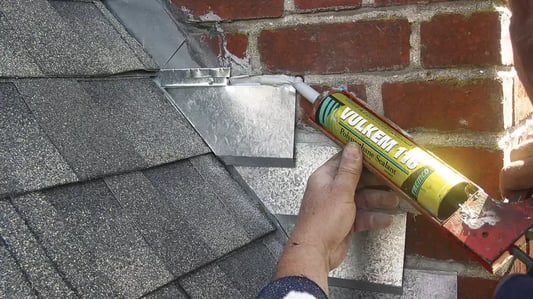
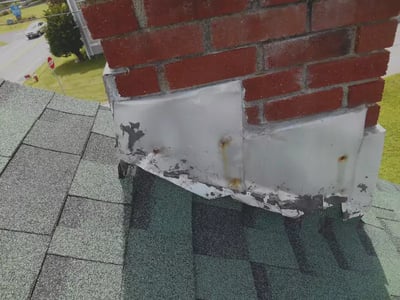
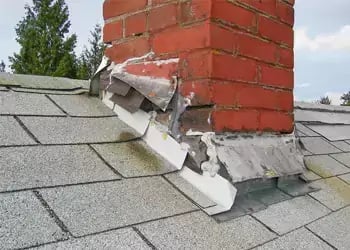
Your flashing won’t need to be replaced if the metal is still intact and your contractor doesn’t spot any issues during their roof inspection. However, if your flashing is damaged, rusted, or if you’re upgrading from 3-tab to architectural asphalt shingles, it will need to be replaced.
No matter what kind of metal it’s made of, your flashing should outlive your shingles and other roofing materials. However, flashing needs to be inspected as part of your roof maintenance routine to make sure it stays in good condition:
By investing in annual roof inspections, you can avoid costly roof repairs and catch small flashing issues before they become bigger problems. Flashing is just one of the elements your contractor will check during their inspection. You can read this article to learn more about the other components included in a professional roof inspection.
A roof leak is one of the most common, and potentially severe, challenges you could face as a homeowner. Leaks don't just damage your roof; they can also wreak havoc on your attic walls, ceiling, and the interior of your home. Because flashing is specifically designed to prevent roof leaks, it also helps protect the overall structure of your home by increasing your roof's lifespan, preventing the growth of mold, and protecting your home's insulation.
Now that you know what roof flashing is and how it works to keep your home safe from roof leaks, you’re probably wondering how you can make sure your flashing stays in good condition for years to come. Well, let us re-emphasize the importance of roof maintenance!
You might assume your roof only needs attention when it’s damaged or leaking. The reality is that proper maintenance may help prevent that damage. It’s as simple as doing some of your own roof upkeep and having regular professional maintenance.
It’s best to hire a local contractor to help you with your maintenance routine because they’re familiar with roofing problems in your area and the specific weather patterns of your region. They’re also more likely to get to your home in a timely manner if you have a roofing emergency. You can learn more about the benefits of working with a local contractor here.
If you live in Raleigh and need help maintaining your roof, consider us! With over 30 years of experience, we know how to give homeowners, like you, the high-quality roofing experience they’ve been looking for. If you want a free roof inspection, estimate, or to ask us questions about your roof flashing, fill out the form below. We’re be happy to help!
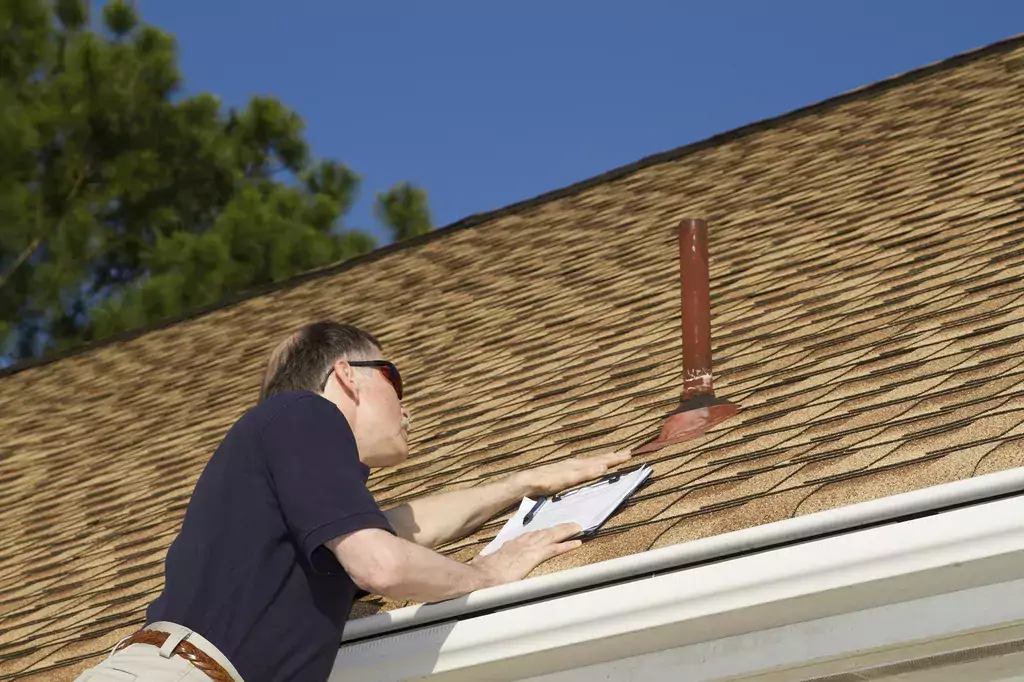
Are you noticing signs of a roof leak? Do your shingles look a little worse for wear? Don’t panic! We’re here to help.
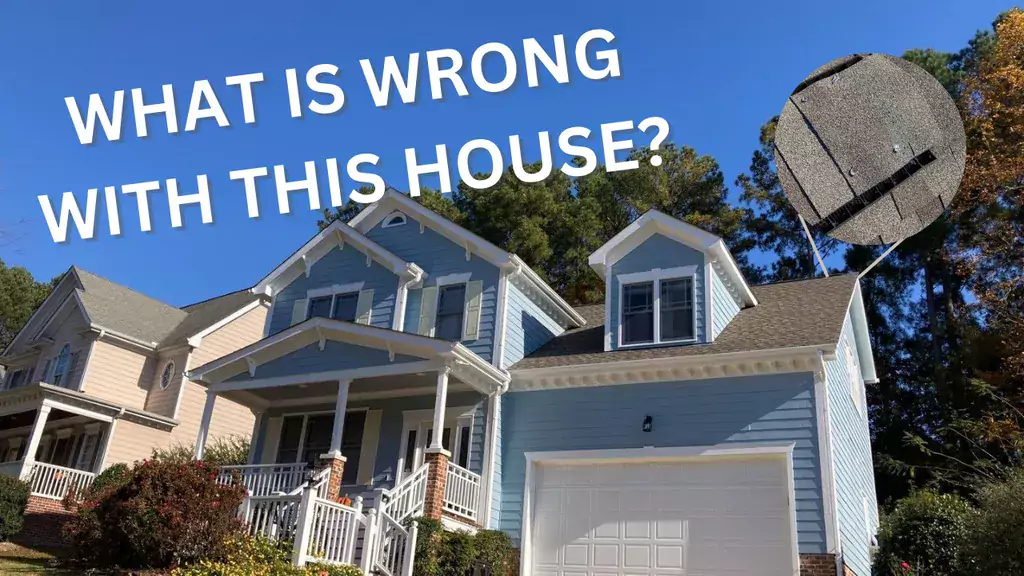
If you’ve noticed anything suspicious with your roof, or it’s been a while since you’ve checked up on it, there could be something big that’s causing...
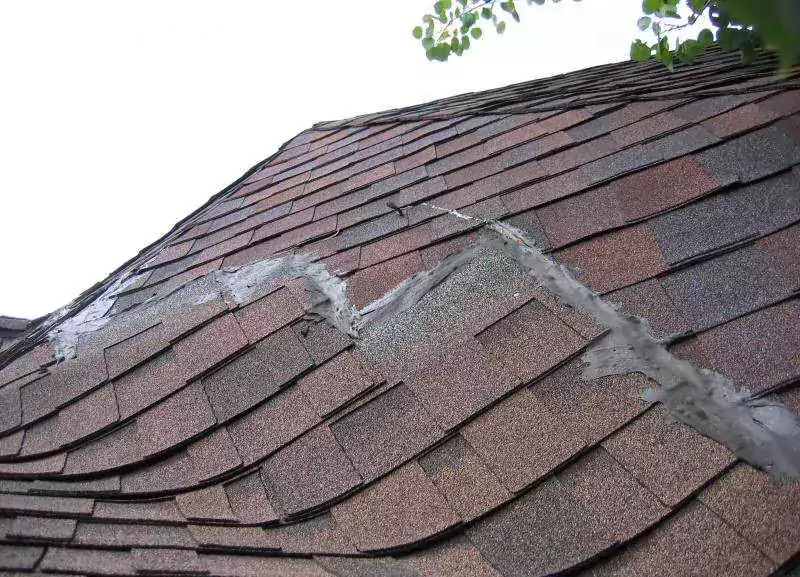
When it comes time for a roof replacement, the number one thing most homeowners are concerned about is price. While you may be tempted to choose the...